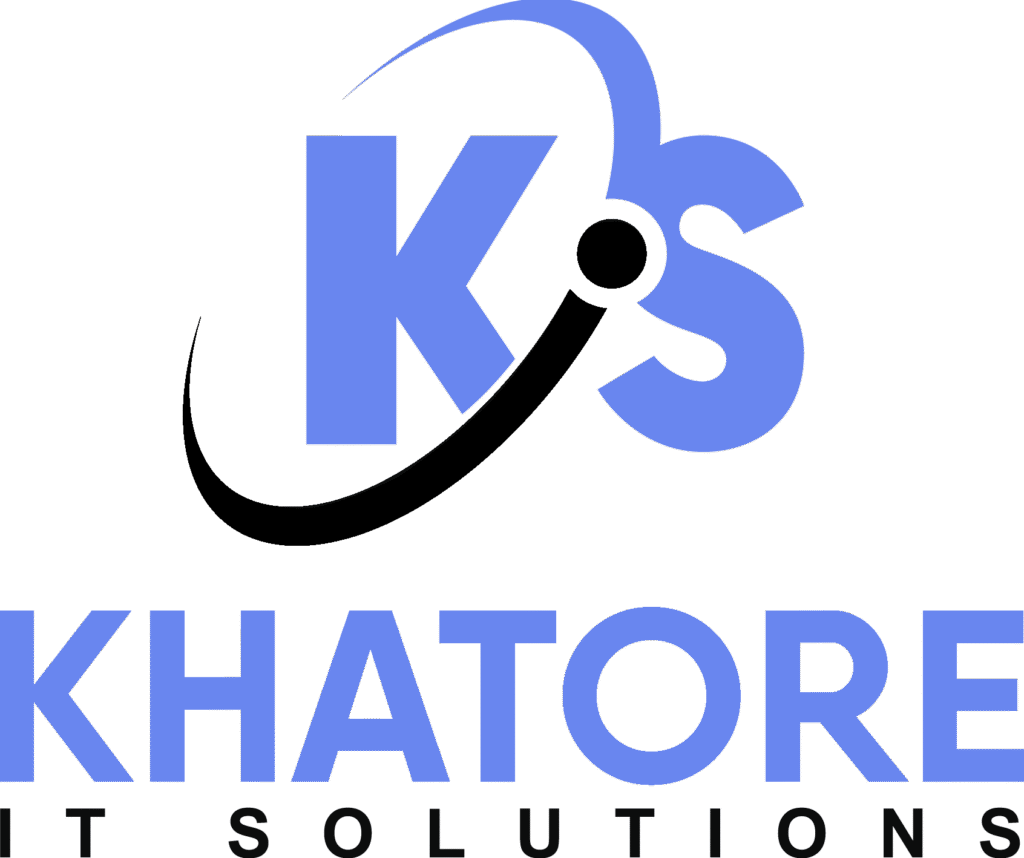As the modern workplace continues to evolve, the hybrid work model has become the new norm for businesses across India. With teams operating both remotely and from office locations, the need for reliable, cloud-based productivity tools has never been greater. Among the top contenders leading this transformation are Microsoft 365 and Google Workspace. But which platform is better suited for hybrid teams in 2025 and beyond?
This blog offers a detailed comparison between Microsoft 365 and Google Workspace to help businesses make informed decisions based on collaboration, security, scalability, and overall productivity. We’ll also look at how Indian companies are leveraging these platforms to build resilient, future-ready operations.
Understanding the Hybrid Work Paradigm
Hybrid work is more than just working from home occasionally. It represents a structural shift in how teams collaborate, communicate, and access business tools. In a successful hybrid model, employees should be able to:
Access files and systems securely from anywhere
Collaborate on projects in real time
Communicate seamlessly across multiple devices
Maintain productivity without being bound to physical offices
Both Microsoft 365 and Google Workspace aim to enable this — but they approach it differently.
Collaboration & Productivity Tools
Google Workspace has built its reputation on real-time collaboration. Tools like Docs, Sheets, and Slides allow multiple team members to work on the same document simultaneously — perfect for fast-paced, project-based teams.
Microsoft 365, on the other hand, combines traditional Office apps (Word, Excel, PowerPoint) with modern cloud functionality. It now supports real-time co-authoring and integrates deeply with OneDrive and SharePoint.
Comparison Snapshot:
| Feature | Google Workspace | Microsoft 365 |
|---|---|---|
| Collaboration | Real-time, browser-based | Real-time + desktop sync |
| Ease of Use | Simple, intuitive UI | Familiar for Office users |
| Integration | Works well with web tools | Strong Windows integration |
| Ideal For | Startups, creative teams | Enterprises, structured teams |
For hybrid teams, Google Workspace wins on flexibility, while Microsoft 365 shines in feature depth and enterprise compatibility.
Communication & Meetings
Effective communication lies at the heart of hybrid work.
Google Workspace includes Google Meet and Chat for video conferencing and team messaging. Both integrate seamlessly with Gmail and Calendar.
Microsoft 365 relies on Microsoft Teams, which serves as a hub for collaboration — offering chat, video meetings, file sharing, and task management in one interface.
Key Differences:
Microsoft Teams is robust for larger, structured organizations with frequent meetings.
Google Meet is lightweight and ideal for quick, casual discussions or smaller teams.
For sectors like IT, consulting, and professional services in India, Microsoft Teams is often preferred due to its enterprise-grade collaboration features.
Email & Calendar
Both suites provide custom domain-based email and integrated calendars.
Google Workspace: Gmail is intuitive, minimal, and easy to navigate.
Microsoft 365: Outlook is feature-rich and supports advanced filters, automation, and offline access.
If your organization values structure and advanced scheduling, Outlook is the better fit. For ease and accessibility, Gmail takes the lead.
File Storage & Management
In hybrid setups, secure file access is non-negotiable.
Google Workspace: Google Drive provides simple sharing, version control, and shared drives.
Microsoft 365: OneDrive serves individuals, while SharePoint powers document libraries and workflow permissions for teams.
SharePoint is more suitable for large enterprises with document management needs, whereas Google Drive enables faster adoption for smaller teams.
Security & Compliance
Data security is crucial when employees access systems from different networks.
Microsoft 365: Includes Defender, Data Loss Prevention, Rights Management, and compliance tools aligned with ISO and GDPR standards.
Google Workspace: Offers two-factor authentication, endpoint management, and SOC 2 and ISO/IEC 27001 compliance.
Microsoft’s security suite makes it a stronger option for regulated sectors like finance, healthcare, and government.
Integration & Customization
Hybrid teams depend on a variety of third-party tools and CRMs.
Google Workspace: Supports integration through Google Marketplace but has limited options for internal automation.
Microsoft 365: Connects seamlessly with Power BI, Power Automate, and Power Apps for workflow automation and analytics.
If your business prioritizes automation or data insights, Microsoft 365 offers greater versatility.
Regional Considerations for Indian Businesses
For companies in India — from Delhi NCR and Bengaluru to Bhubaneswar and beyond — the right choice often depends on these factors:
Cost Sensitivity: Google Workspace has simpler pricing tiers suited for SMBs.
Digital Maturity: Enterprises with existing Microsoft ecosystems find easier integration with Microsoft 365.
Support Ecosystem: Microsoft has a stronger partner network in India, including certified providers like KITSPL.
Making the Right Choice for Your Hybrid Team
Choose Google Workspace if:
You prioritize simplicity and real-time collaboration
Your team prefers browser-based workflows
You’re a startup or SMB with limited IT resources
Choose Microsoft 365 if:
Your team relies on Microsoft Office tools
You need strong compliance or legacy app support
You require advanced management and enterprise security
Final Thoughts
The future of work in India is hybrid, digital, and cloud-powered. Both Microsoft 365 and Google Workspace are excellent platforms to enable that shift. The right choice depends on your team’s workflow, compliance requirements, and IT maturity.
Regardless of your decision, proper implementation and adoption are key to long-term success.
As a trusted cloud solutions provider, KITSPL helps Indian businesses evaluate, deploy, and manage both Microsoft 365 and Google Workspace — ensuring secure, seamless hybrid operations.
Book a Free Consultation today to discover which platform best fits your hybrid workforce.


